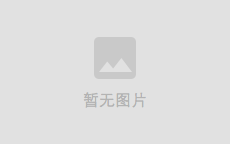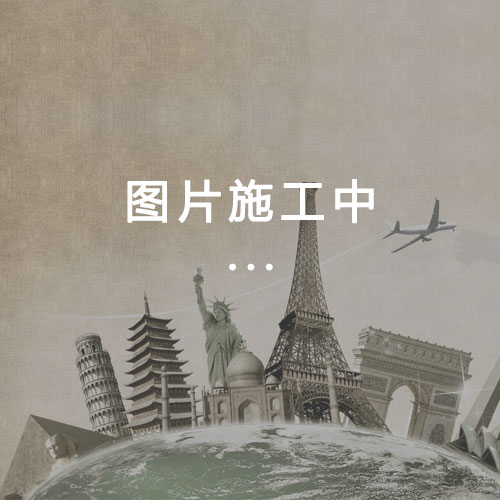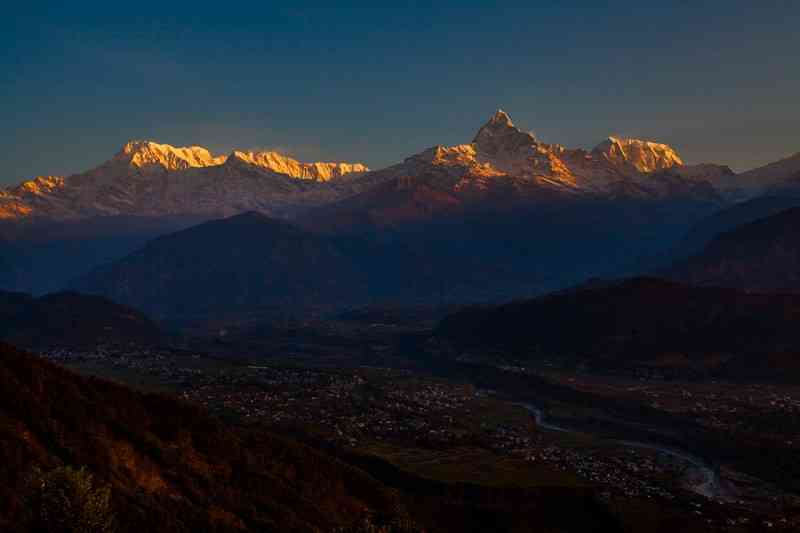
sudkovsky seascape painting museum
景点印象
Cora_v
This nicest small regional museum of the seascape art makes a fine difference to the traditional “Potyomkin – Schmidt – Suvorov” military theme of any visit to Ochakiv. It won’t take too much of your time unless you speak some Russian and will treat yourself for the conversation with the museum attendants. They were nearly the friendliest I’ve ever met in a Ukraine museum. The collection presented is not at all large, gathered in three halls only, one of which was entirely given to the (temporary, as I understood) exhibition of modern artists. Two halls exhibit the seascape paintings of Rufin Sudkovsky and other famous (including Ivan Aivazovsky) and less famous artists. The first hall is fully dedicated to Sudkovsky, whose name the museum bears. Rufin Gavrilovich Sudkovsky was a remarkable marine painter and academician, the native of Ochakiv, born on April 7, 1850. He started his studies at the theology school in Ochakiv (his father was a priest), then in the seminary in Odessa, where he also attended the evening classes of the painting and drawing school of Odessa Fine Arts Society. It defined his future career in art. From 1868, Sudkovsky was accepted to the then leading St. Petersburg Academy of Arts. Personal exhibitions held in Odessa, St.Petersburg etc contributed to his popularity as an outstanding seascape painter. Famous Ivan Aivazovsky recognised Sudkovsky’s talent and admitted him as one of his “rivals”. Sudkovsky’s early death from typhus in 1885, under the age of 35, put an unfortunate end to his creative work.Many of Sudkovsky’s paintings had been lost during the WWII, but the remaining heritage is displayed in various art museums, including in Odessa, Mykolaiv, Kherson in Ukraine as well as in the Russian Museum in St. Petersburg and Tretyakov Gallery in Moscow, both in Russia. Apart from the brilliant works by Sudkovsky, the Ochakiv museum has several paintings by famous marine painter Aivazovsky, his grandson Alexei Ganzen and other seaside landscape painters. Unfortunately, not all paintings are ideally placed – those opposite the windows were hard to properly see because of the flecks of light coming through the windows. The attendant was kind enough to offer to pull down the shade. There isn’t any souvenir shop as such, but very decent coloured guide (sadly, in Russian only, but with lots of pictures of fine printing quality) and the sets of postcards with Sudkovsky’s works could be purchased from the museum attendants. The museum is open daily except Mondays and Fridays, from 9am to 5pm. Entrance fee is truly petty. Photography is allowed inside.
spdim
коли уже Вас сюда занесло - можно истратить полчаса времени.музей совсем небольшой, но кроме неплохого мариниста Судковского, тут есть подлинный Айвазовский.Картины висят неудачно, но персонал, если попросите, закроет шторы (иначе сильно бликует)плата за посещение совсем смешная


